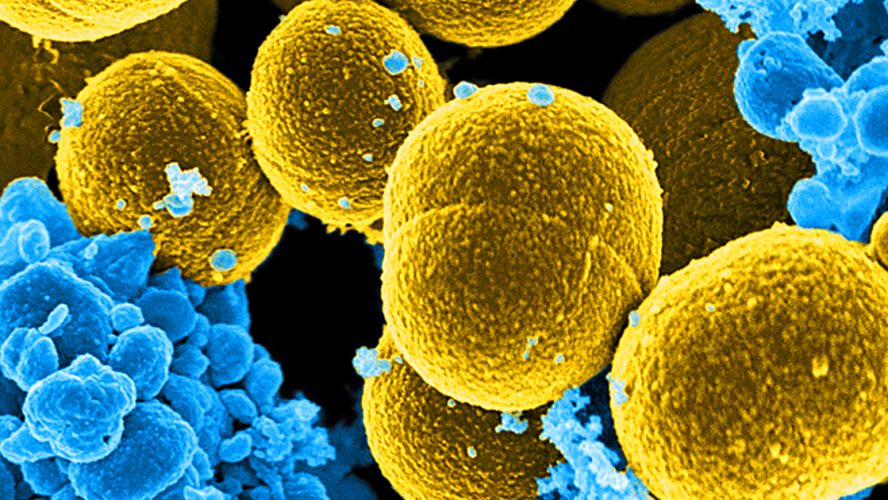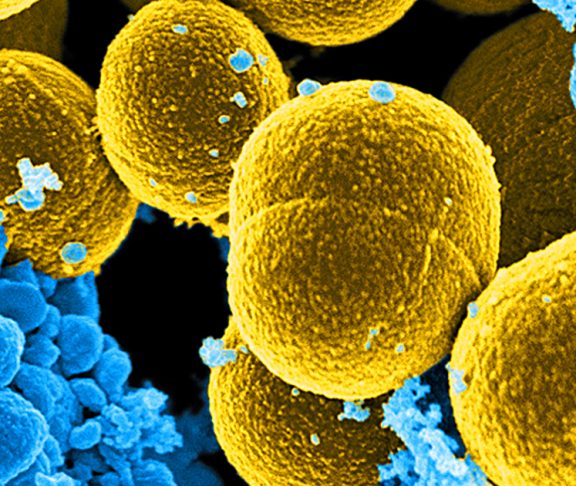
Dr. Elmar Nimmesgern
Secretariat Lead, Global AMR R&D Hub

Dr. Magdalini Moutaftsi
Scientific Programme Officer, Global AMR R&D Hub
The global information hub that provides researchers and funders with a new weapon in the battle against antimicrobial resistance.
Information is a major weapon in fighting the silent pandemic of global antimicrobial resistance (AMR). It’s essential that researchers and funding decision makers know what work is being funded, not just in their own country, but worldwide. The Global Antimicrobial Resistance Research and Development Hub, or Global AMR R&D Hub for short, answers this need.
“The Hub offers an online dashboard where researchers and funders can easily discover in one place what funding has already been offered and where,” says Dr. Elmar Nimmesgern, lead of the Global AMR R&D Hub-secretariat.
“Finding information about R&D funding within a researcher’s country of residence is relatively easy, but it’s harder for other countries,” he says. “Funding information about highly-publicised areas such as cancer or Alzheimer’s disease is also more easily found. It’s far harder to find out about AMR research funding. The amount of information about funds for phage therapy research, for instance, is quite limited.”
The Hub was launched in May 2018 to foster global priority setting and evidence-based decision-making on the allocation of resources for AMR R&D, including identifying gaps, overlaps and potential for cross-sectoral collaboration.
Now a partnership among 17 countries, the EU and two philanthropic foundations, it uses a One Health approach, covering research on people, animals, plants and the environment.
The COVID effect
“The COVID-19 pandemic highlighted the benefit of pooling resources and how technology can be used,” says Dr Nimmesgern. “For instance, the type of COVID PCR tests now going into schools could be developed to detect resistance patterns for multiple types of microbes.”
There are currently a number of focuses including the addition of more data that span the full One Health spectrum. As well as diving deeper into the analysis of dashboard data to identify gaps and opportunities in research and determine future priorities, it also looks to find practical solutions to the lack of financial incentives for discovering and bringing antibiotics to market.
Lessons from other infectious diseases
Dr. Magdalini Moutaftsi, a Hub scientific programme officer, says: “Experience with diseases such as HIV and Tuberculosis show how product development partnerships and public-private partnerships can fill the gaps in the development of drugs, vaccines and diagnostics. We can draw lessons from experiences with these instruments to see what might work in tackling AMR.”
Image Description
Produced by the National Institute of Allergy and Infectious Diseases (NIAID), under a magnification of 20,000X, this digitally colorised, scanning electron microscopic (SEM) image, depicts a number of mustard-coloured, spheroid shaped, Staphylococcus aureus bacteria, that were in the process of attempting to escape their destruction by blue-coloured, human white blood cells (WBCs).


